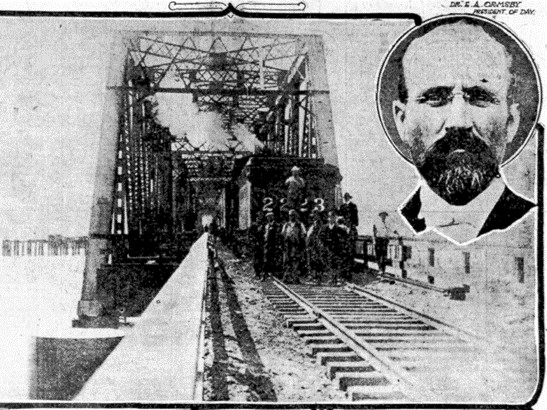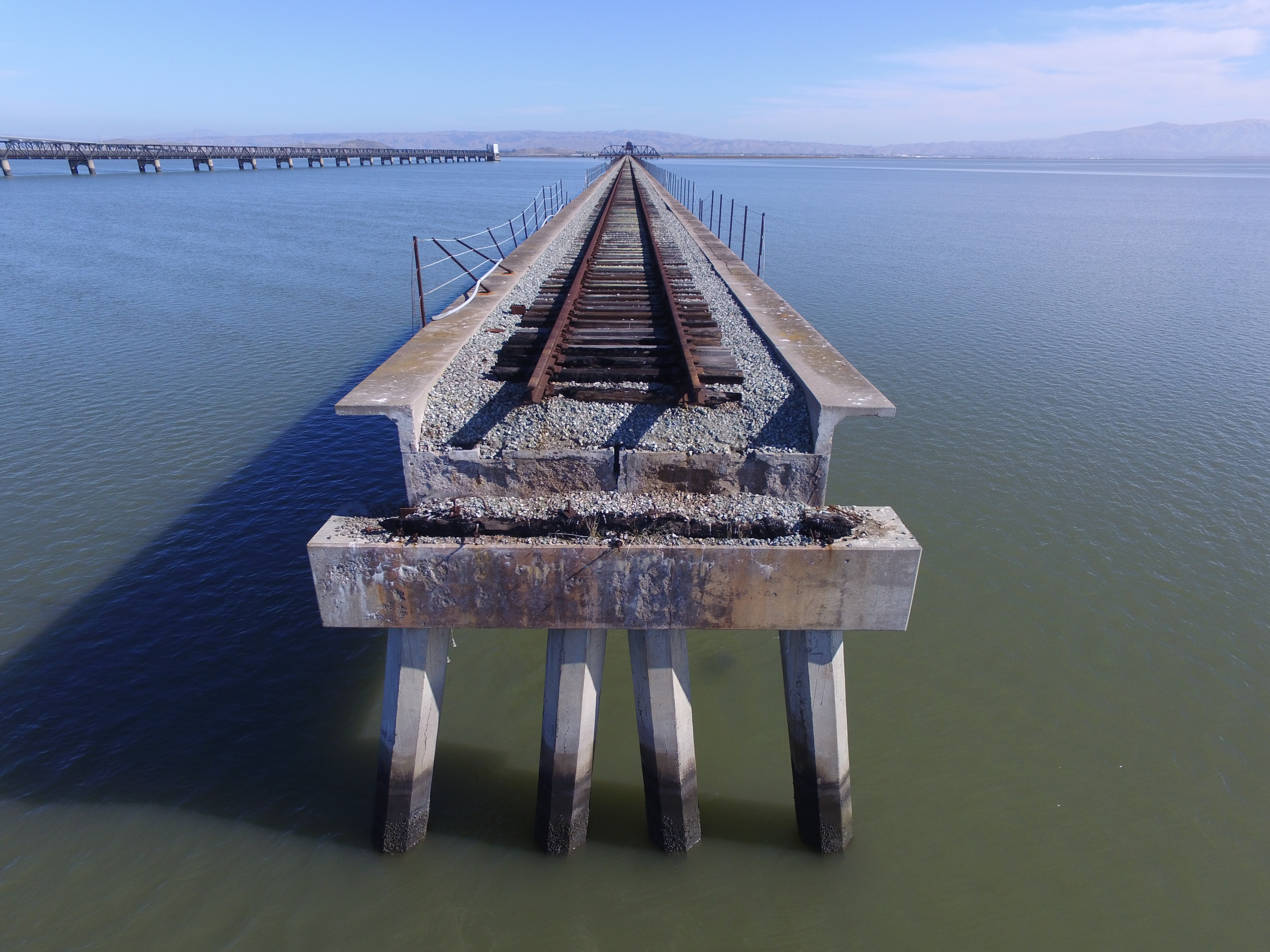Dumbarton Rail Corridor Archive
The Dumbarton Rail Corridor is an historic bridge and rail line across the southern portion of the San Francisco Bay, once linking the Peninsula region to the lower East Bay. This resource portal, created by SJSU students Joe Romani and Chris Hazel (both MUP 2023) with support from the Institute for Metropolitan Studies and the Mineta Transportation Institute, documents the history of the rail corridor and regional efforts to restore passenger service over the past 30 years. It collects in one place for the first time a wealth of information on the stakeholders involved, the permits required, and the implications of the project for Bay Area residents, the environment, and the economy.





